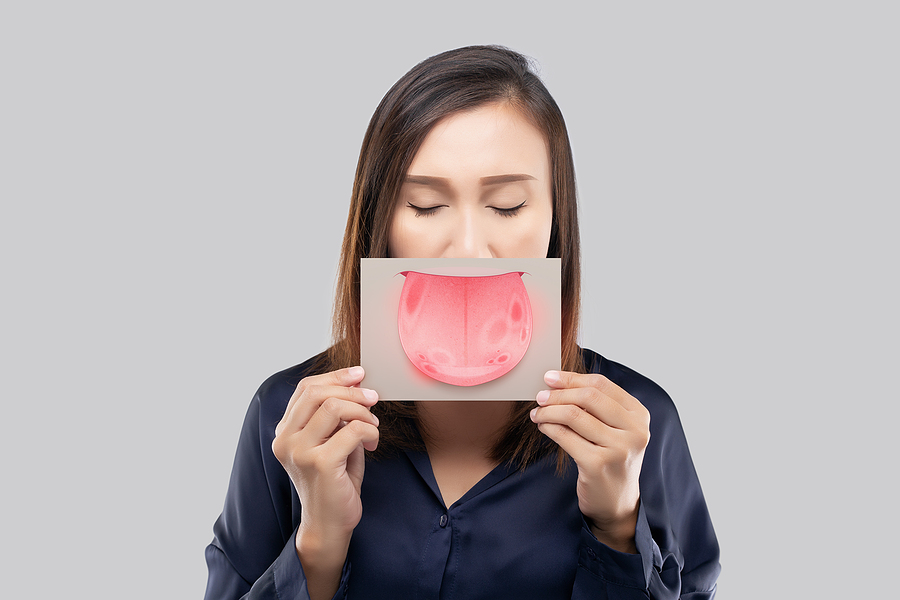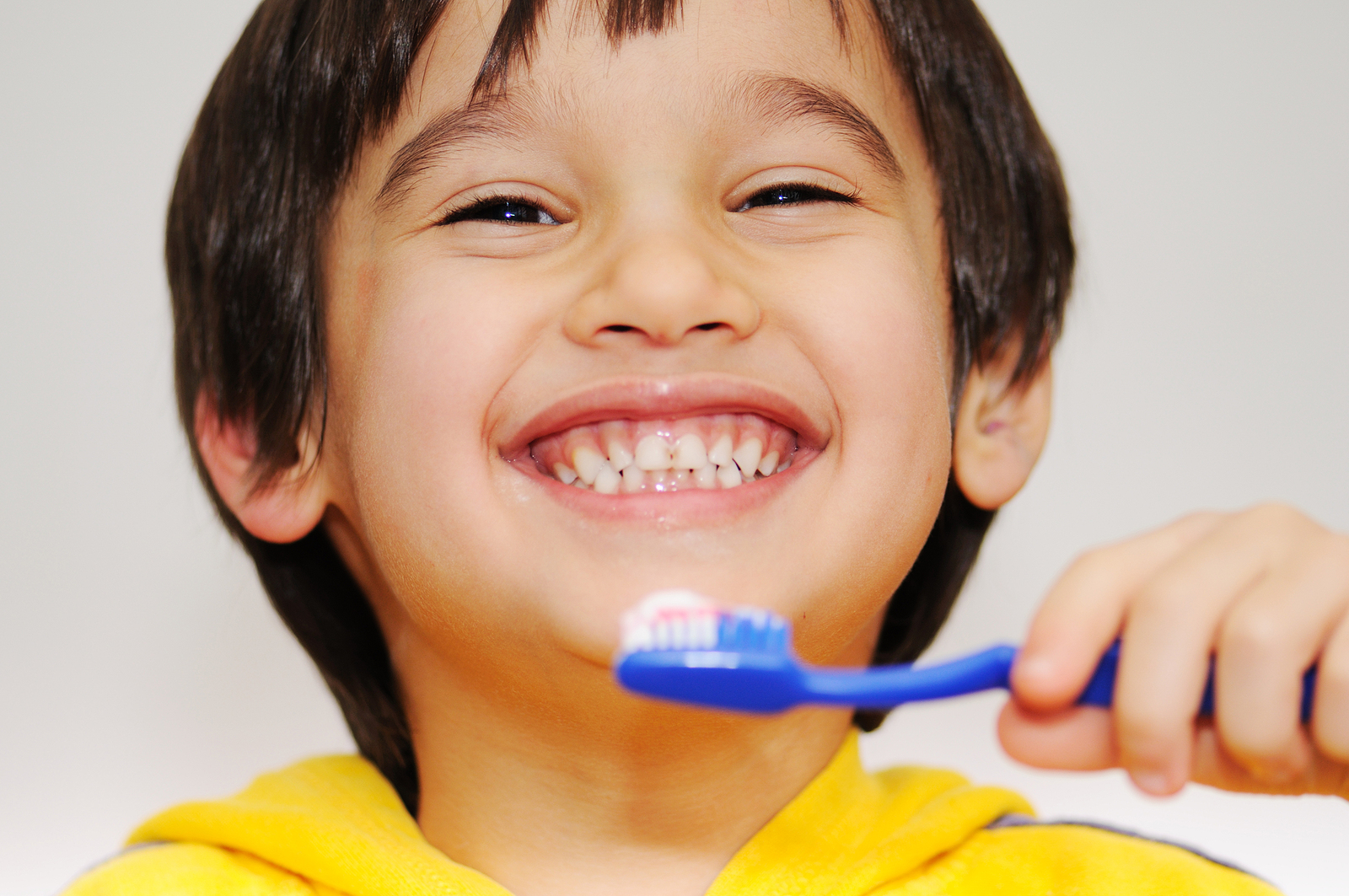There are so many different aspects of looking after an elderly or home-bound person, especially where their oral health is concerned. The best oral hygiene comes from proper brushing. What are the best ways to look after someone that has extra needs in terms of their oral hygiene?
When Is It Okay to Brush Someone Else’s Teeth?
When someone is not able to brush their own teeth themselves, it’s important that caregivers ensure they look after their oral hygiene as best as they can. Brushing other people’s teeth can be inappropriate depending on the setting, but if it’s a person who you are responsible for, this forms part of your duty of care.
Choosing the Right Brush
The right oral hygiene begins with the best toothbrush. As tempting as it can be to use a hard toothbrush to get the job done quicker, this can result in removing the enamel over time. It’s far better to use a soft brush with rounded bristles. An electric toothbrush with soft bristles is okay too. This will help the tooth brushing process be as painless as possible. Remember that the toothbrush has to be easy to grip. If there are issues with this, you can wrap a cloth around the handle to improve the quality of the grip.
The Right Technique
The best technique starts with the best position. It’s important that the charge be as comfortable as possible. They could be by the sink, or they could be sat in a chair with a towel and a cup of water to one side. It depends on their specific needs as to where you will be positioned. You need to make sure they are at their most comfortable, and you accommodate yourself accordingly. It may be more beneficial for you to stand right in front of them, so if you are brushing their teeth you can reach around every tooth with ease and see what you are doing, or standing behind them could make it easier depending on where the charge is sat.
The amount of toothpaste will depend on if the charge has difficulty swallowing. You can follow the golden rule that a pea-sized amount will suffice, but if there is any question, a smaller amount will be enough. When brushing the teeth, ensure that the tooth and the gum line are brushed at a 45-degree angle. Make sure that you use a rolling back and forth motion, and only do a few teeth at a time until you have brushed every single tooth. Also, brush the top and back of each tooth, as well as the tongue. If you find that you cannot get around every tooth right away, ensure that they have the opportunity to take a break before finishing.
Rinsing and Spitting
It’s okay to leave some toothpaste residue in the mouth, but preferably, they should rinse and spit after their teeth have been brushed. If the person has difficulty swallowing, it is okay to just spit out the excess toothpaste without rinsing with water. What’s important to do as well is to check that there are no remaining food particles afterwards. If possible, flossing should be part of the routine. There are tools that can make flossing easier. Toothpicks or floss holders are good examples. And as there can be a buildup of microbes and bacteria on a toothbrush, it’s vital that the toothbrush is replaced after a few months.
Ensuring Long-Term Care
To ensure that caregivers provide the best oral hygiene, it’s important to build up a routine and rapport with the person. This rapport is easier between families, but for caregivers in a professional setting, this means a lot of trust. Ensuring that the person is as comfortable as possible will help this. Good oral hygiene will have a positive impact on their general health. Oral hygiene is one of those things that can be neglected in the elderly, but this is vital because it ensures that they are able to eat and get the nutrients need to stay healthy. As people get older, it can be viewed as one of the least important aspects of their health, but it is as important as any other.
More Blog Posts
Office Hours
MON - THU8:00 am - 5:00 pm
FRI8:00 am - 2:00 pm
SAT - SUNClosed






